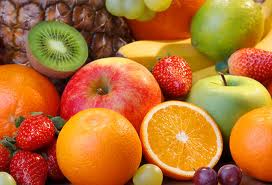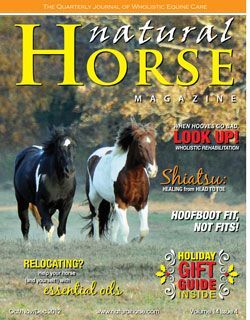With all the fuss about Insulin Resistance, Cushings, EMS and more with warnings of feeding apples, pears, carrots and other fruit and vegetable treats to horses, here’s the REAL low down — While an apple may have a high Glycemic Index (28 – 44) it has an unbelievably LOW GLYCEMIC LOAD (6). This means it has a very low potency or effect on the blood sugar – contary to what all the popular advice is concerning EMS and other metabolic diseases of horses (and humans, too!) Plus, its high in soluble fiber and water making apples a very SAFE choice for metabolic horses!
“The GI assigns a value to carbohydrate-containing foods based on their effects on the blood glucose levels of human test subjects. Foods that rank high on a scale of one to 100 can raise blood sugar quickly and significantly. Foods that rank low on the scale have a slower, less marked effect on blood sugar. The GI values for the apples tested by the Glycemic Index Foundation range from 28 to 44. The type of apple, the ripeness of the fruit and other factors may affect its GI value, according to the American Diabetes Association, or ADA. On average, this fruit falls into the lower end of the GI.”
(Read more: http://www.livestrong.com/article/364165-the-glycemic-index-of-apples/#ixzz2M8KNCzaY“)
The following link has extensive listings of the GL of fruits, vegetables, nuts and seeds. If you follow PENZANCE’S feeding protocol and feed salads daily to your horse then you’ll be able to adjust the ingredients using this ‘shopping list’. Be aware, however, of which fruits and vegetables that may not be suitable for horses (No tomatoes, onions, eggplant or raw white potatoes).
http://www.thepenzancehorse.com/ARTICLES/GLYCEMIC%20LOAD%20NUMBERS.pdf
HAVE FUN! And if you’ve not taken your horse off processed foods and supplements yet, take a look at some of the ARTICLES on PENZANCE http://www.thepenzancehorse.com You’ll find the reasons WHY its imperative to feed nothing but hay, grass and raw foods (complemented to dried herbs tailored to the individual horse as well as possible Homeopathic treatments for existing conditions) but you’ll find the base diet there, too. ENJOY!











